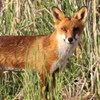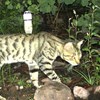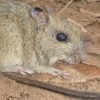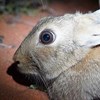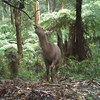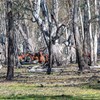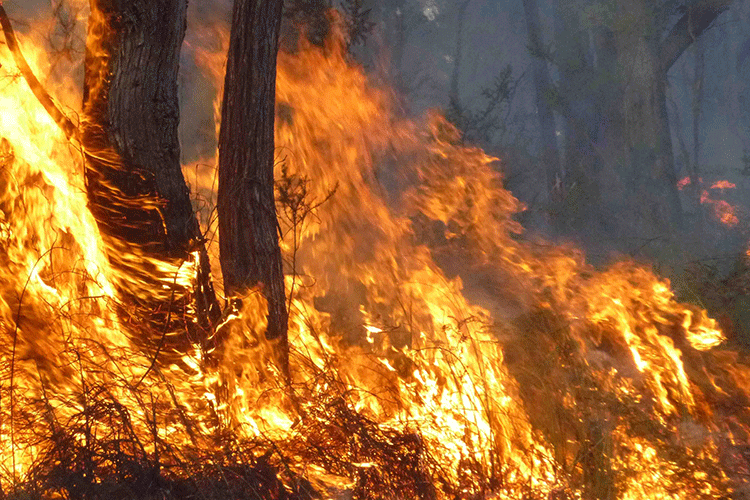
The fire, the fox and the feral cat
Tuesday, 06 June 2017How do foxes and feral cats fare after forest fire? And what does the loss of protective understorey mean for the native mammals that foxes and cats prey upon? Dr Bronwyn Hradsky from the University of Melbourne working with colleagues Craig Mildwaters, Julian Di Stefano, Euan Ritchie and Fiona Christie (in collaboration with Victorian Government land managers) set up an experiment and found out.
How do invasive predators and native prey respond to prescribed forest fire?
Life’s tough when you’re a fox. Bandicoots don’t just sit around waiting for you to catch them. And when you finally sniff one out, all that dense understorey gets in the way of a speedy chase.
But what happens if there’s no understorey in the way? Does the fox’s job become easier? Or, to put it another way, do things become a lot tougher for bandicoots? In a land that is increasingly fire-prone, the interaction between predators, fire and native mammals in forest ecosystems is an important knowledge gap for land managers aiming to conserve native fauna. Both planned (or prescribed) fires and wildfires tend to remove a lot of understorey vegetation cover, at least temporarily.
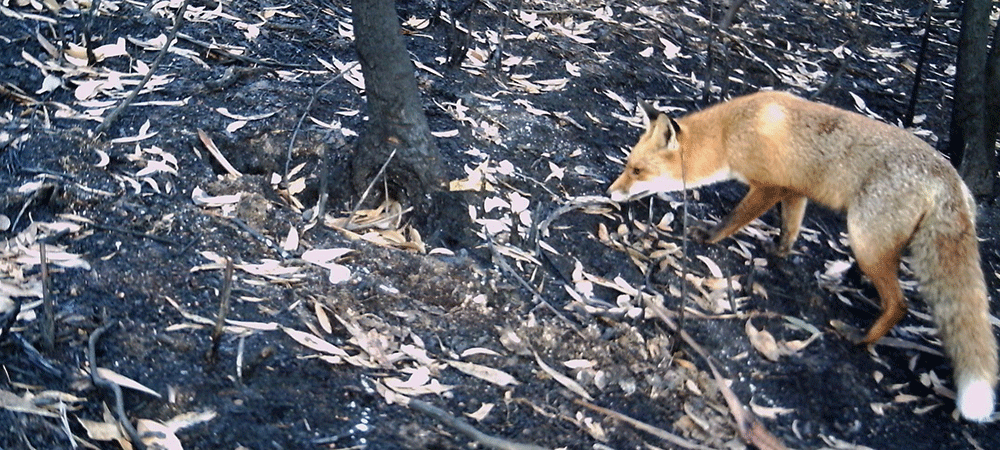
A prescribed burn in the Otway Ranges removes understorey vegetation, making it easier for invasive predators such as foxes to move around and hunt. Image: Bronwyn Hradsky.
During my PhD with the School of Ecosystem and Forest Sciences at the University of Melbourne, I worked with an Honours student, Craig Mildwaters and land management agencies, to determine how foxes, feral cats and their native prey responded to a prescribed burn.
The study took place in the stringybark-peppermint forests of the Otway Ranges, in south-western Victoria. It was a before-after control-impact experiment based around a prescribed fire conducted by Parks Victoria and the Department of Environment, Land, Water and Planning (DELWP) in autumn, 2013. Our field work involved using motion-sensing cameras to survey invasive predators and native mammals, and collecting fox scats to analyse what they were eating (‘scat’ is another term for animal poo).
Fun fact #1: You can still smell fox scats when they’re ziplocked in three layers of polypropylene. A collection of 224 of them makes your freezer a bit whiffy!
Our first session of camera surveys took place before the fire, and showed that invasive predators and swamp wallabies were more commonly found at sites with an open understorey. In contrast, smaller native mammals such as bush rats and long-nosed bandicoots were positively associated with understorey cover in unburnt forest.
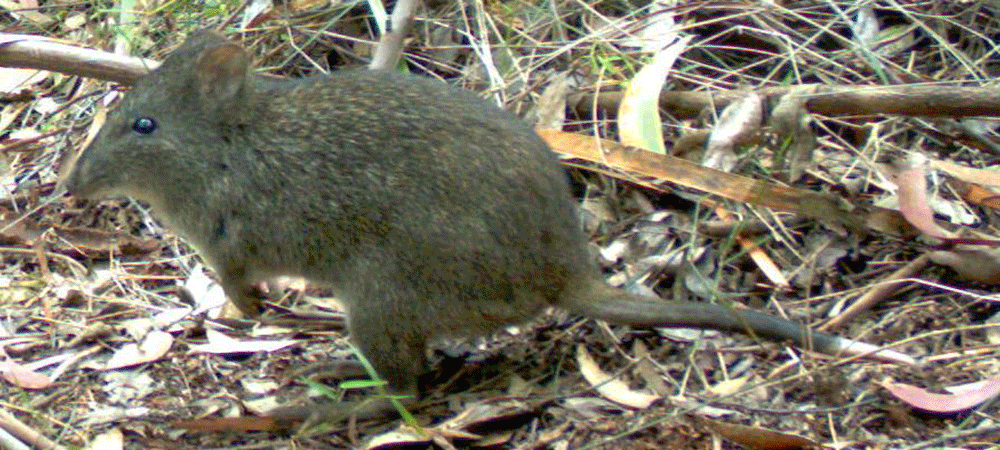

A long-nosed potoroo caught by one of the motion-sensing cameras. Image: Bronwyn Hradsky.
This supports previous research which has found that foxes and feral cats hunt more effectively in open habitats, while small native mammals seek out dense cover for protection.
The prescribed fire was patchy. It burnt just over half of the 1200 ha block, and created a mosaic of burnt ridges and unburnt strips of vegetation along gullies. At the burnt sites, understorey cover was reduced by approximately 80%.
This supports previous research which has found that foxes and feral cats hunt more effectively in open habitats, while small native mammals seek out dense cover for protection.
The prescribed fire was patchy. It burnt just over half of the 1200 ha block, and created a mosaic of burnt ridges and unburnt strips of vegetation along gullies. At the burnt sites, understorey cover was reduced by approximately 80%.
Key messages
- In unburnt forest, foxes and feral cats were more likely to occur at sites with an open understorey
- After fire reduced understorey cover, there was a five-fold increase in the occurrence of invasive predators
- At the same time, consumption of medium-sized native mammals by foxes doubled
What does this mean for foxes and cats? Our survey work showed that there was a five-fold increase in the occurrence of invasive predators at burnt sites after the fire (relative to changes at the unburnt control block). Furthermore, foxes began preying heavily on medium-sized native mammals such as echidnas and long-nosed bandicoots, instead of the swamp wallabies which had made up 50% of their diet prior to the fire.
This suggests quite strongly that fire made the forest more suitable habitat for invasive predators, and increased the vulnerability of medium-sized native mammals to fox predation. Such changes are highly concerning, as interactions between threatening processes can exacerbate the risk of extinction, particularly for already vulnerable species.
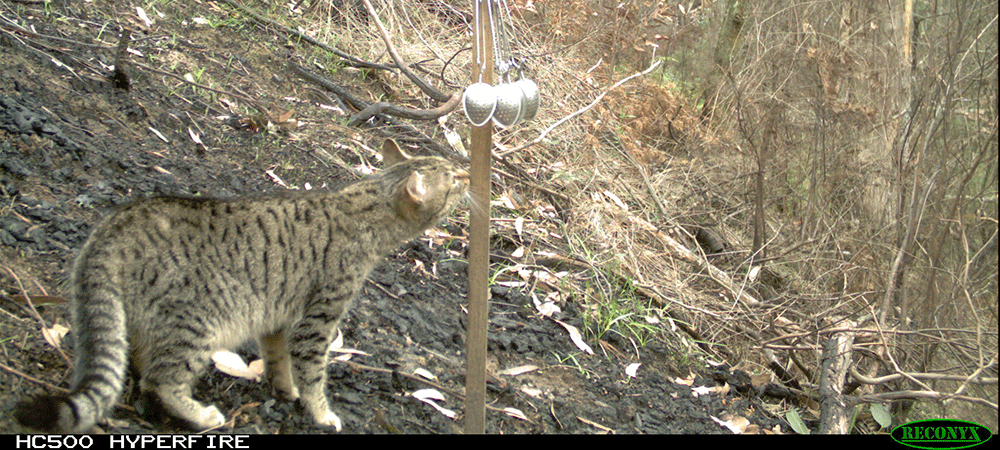
A prescribed burn in the Otway Ranges removes understorey vegetation, making it easier for feral cats to move around and hunt. The tea-strainers hanging from the marking peg contain peanut butter, golden syrup and oats. Image: Craig Mildwaters
(Less) fun-fact #2: Three of the most important drivers of decline in Australia’s native mammals are predation by feral cats, predation by red foxes, and inappropriate fire regimes.
(Less) fun-fact #2: Three of the most important drivers of decline in Australia’s native mammals are predation by feral cats, predation by red foxes, and inappropriate fire regimes.
Whether or not the changes we observed were large enough to impact the native mammal populations was unclear ― this needs further investigation. Our findings only relate to one fire at one block of forest, and require further replication. Nonetheless, if predation by invasive species limits the recovery of native fauna after fire, integrated management of fire and invasive predators may be essential for biodiversity conservation in flammable forest ecosystems.
I am continuing to research this as a Postdoctoral Research Fellow supported by the TSR Hub, DELWP and Parks Victoria. I’m currently building simulation models of the impacts of fire and fox management on native mammal populations, and working with students to conduct further field studies that have direct relevance to land management decisions.
Australia has an enormous challenge with managing foxes and feral cats. This challenge becomes even greater when you introduce fire into the mix. By continuing to collaborate with land managers to tackle important knowledge gaps regarding the management of invasive predators and fire, our research aims to improve conservation outcomes for threatened species in forest ecosystems.
For further information
bronwyn.hradsky@unimelb.edu.au
Bronwyn is supported by the Threatened Species Recovery Hub, the Victorian Department of Environment, Land, Water and Planning (DELWP), and Parks Victoria. Her PhD with the Fire Ecology and Biodiversity research group was supported by DELWP, Parks Victoria and the Holsworth Wildlife Research Endowment. To see a copy of her paper on this work please visit here.
Top Image: A prescribed burn in the Otway Ranges removes understorey vegetation. Image: Bronwyn Hradsky.
Spying on foxes
An old trapper once told me: “It takes three years to learn to catch a fox.
An old trapper once told me: “It takes three years to learn to catch a fox.
Three years, girlie.”
Unfortunate fact #3: he was pretty much right.
To complement these camera-based surveys, I trapped individual foxes and fitted them with GPS-tracking collars. This allowed me to collect high-resolution data on fox ranging behaviour and movement 24 hours a day, something I never could have done if I’d had to track them all on foot. This work, which showed that ‘bush foxes’ are not so different from ‘town foxes’ (or are even the same animal!), is currently in review.
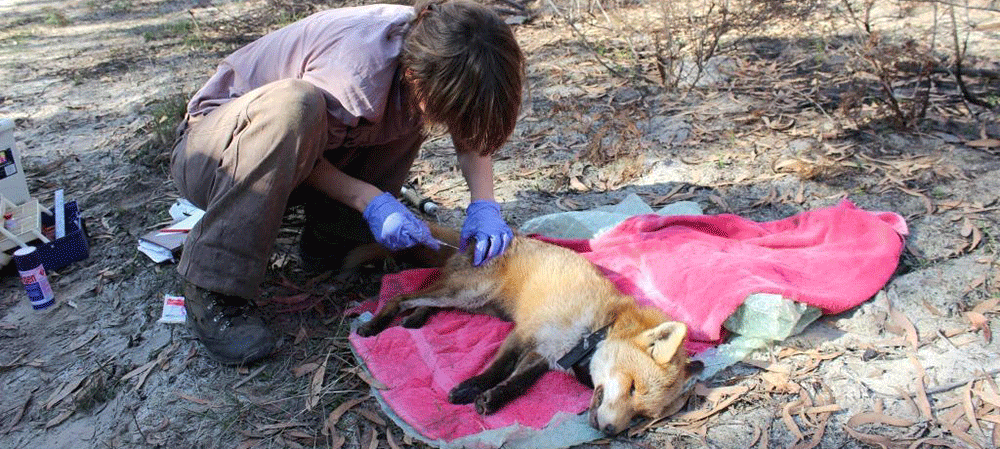
To complement these camera-based surveys, I trapped individual foxes and fitted them with GPS-tracking collars. This allowed me to collect high-resolution data on fox ranging behaviour and movement 24 hours a day, something I never could have done if I’d had to track them all on foot. This work, which showed that ‘bush foxes’ are not so different from ‘town foxes’ (or are even the same animal!), is currently in review.

Bronwyn fits ‘Gammy’ the fox with a radio collar. You can read about what she discovered about Gammy, and the pros and cons of the technology she deployed at Bronwyn’s blog: Working on the Wild Side at https://wildzoologist.wordpress.com/2014/09/13/technological-musings/ Image: Lauren Engledow
Related Videos
-

Combating a conservation catastrophe: Understanding and managing cat impacts on wildlife
Tuesday, 06 October 2020 -

Cat-borne diseases and their impacts on human health
Monday, 19 October 2020 -

li-Anthawirriyarra Sea Rangers managing cats on West Island
Thursday, 16 September 2021 -

Cat-borne diseases and their impacts on agriculture and livestock in Australia
Monday, 07 December 2020 -

The impact of roaming pet cats on Australian wildlife
Monday, 27 July 2020 -

Protecting Tiwi mammals
Monday, 27 July 2020 -

Rabbits and feral cats are two of the most widespread and destructive pest species in Australia
Monday, 20 September 2021 -

Caring for Country: Managing cats
Tuesday, 09 November 2021 -

Feral cat distribution, abundance, management and impacts on threatened species
Friday, 10 December 2021
Related News
-
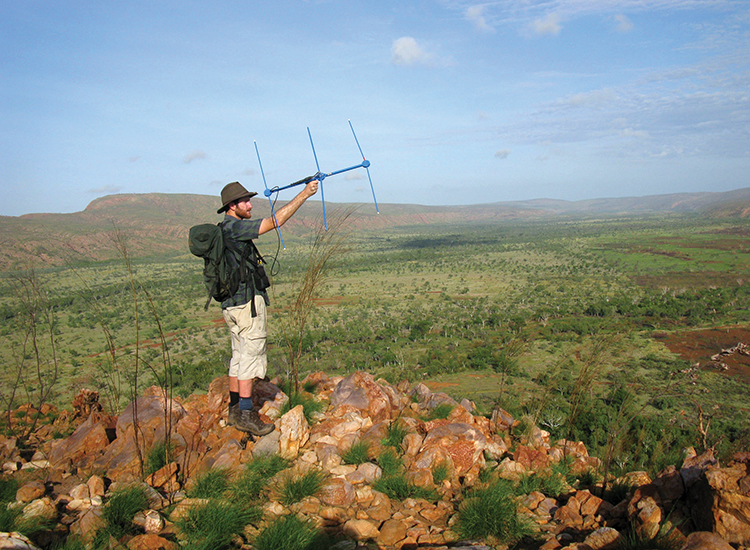
Fire, cats, foxes and land management: Lessons learned
Wednesday, 02 September 2020 -
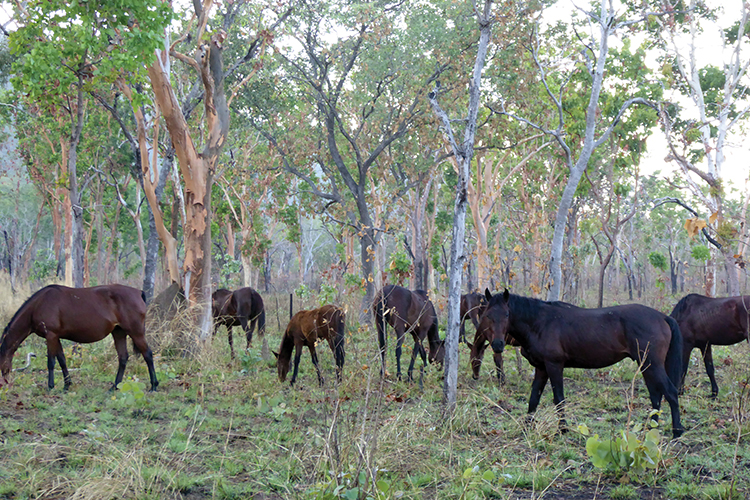
Small mammal declines in the Top End - Causes and solutions
Monday, 31 August 2020 -
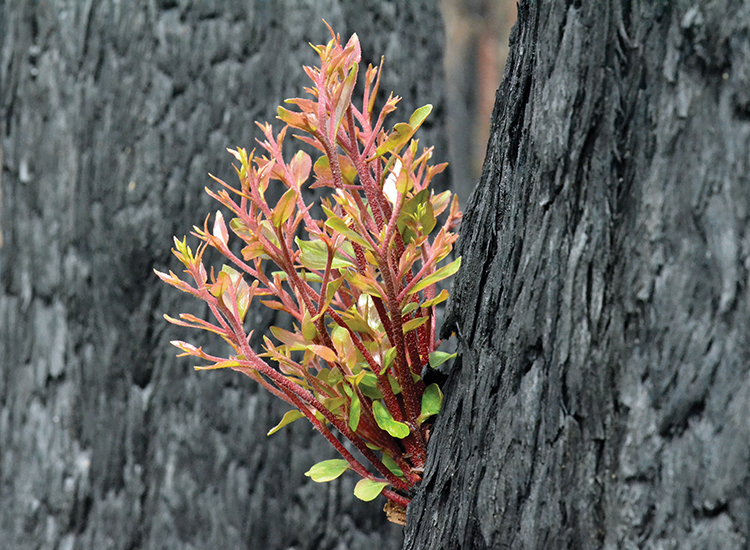
Plants in the ashes: Prioritising Australian flora after the fires
Monday, 31 August 2020 -
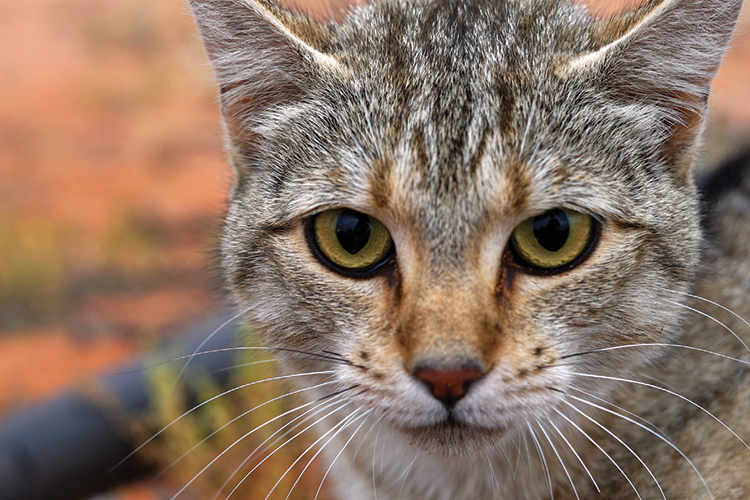
Addressing our wildlife cat-astrophe
Monday, 16 March 2020 -
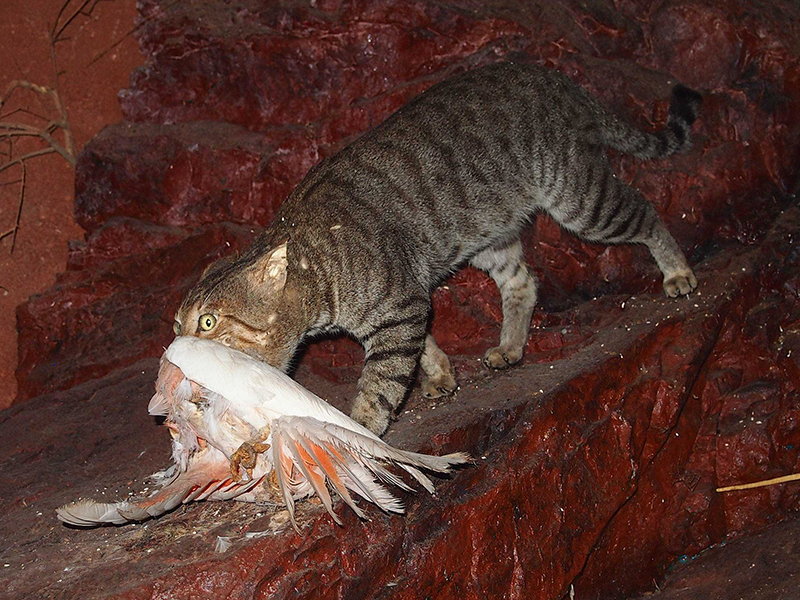
Cats are killing millions of Australia’s birds
Sunday, 22 October 2017 -
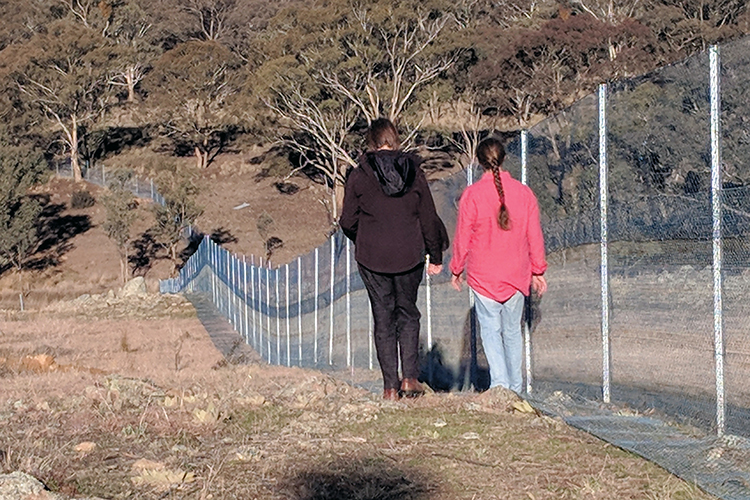
Feral cats: An Australian Government perspective
Monday, 16 March 2020 -
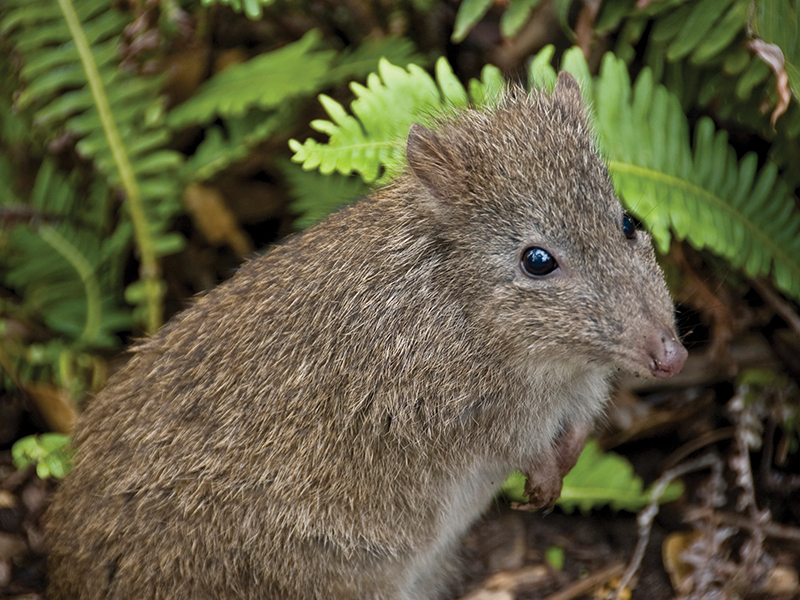
FoxNet: A game changer for fox control
Tuesday, 30 June 2020 -
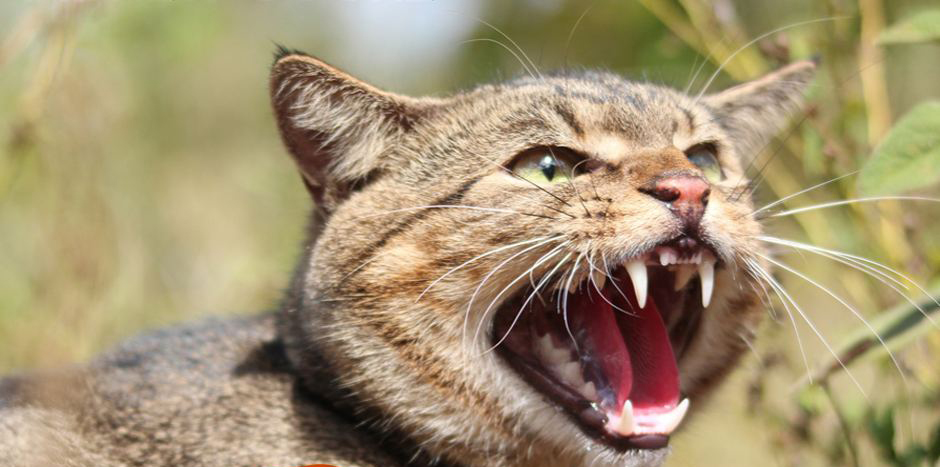
How many cats?
Wednesday, 14 December 2016 -
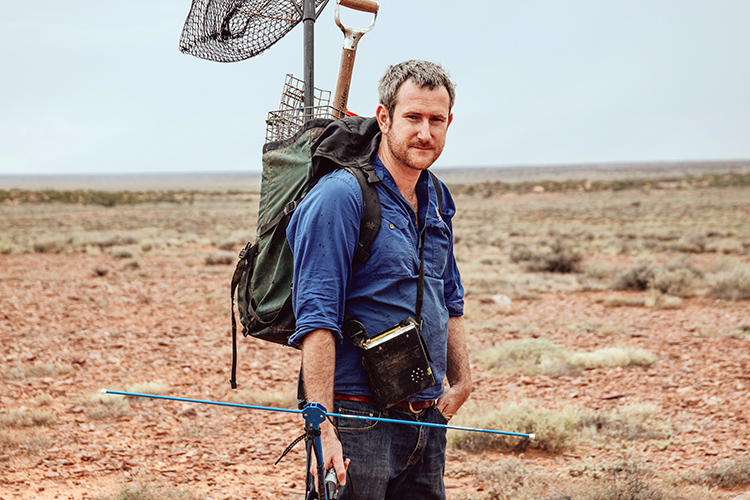
Hugh McGregor - Comprehending Cats
Monday, 16 March 2020 -
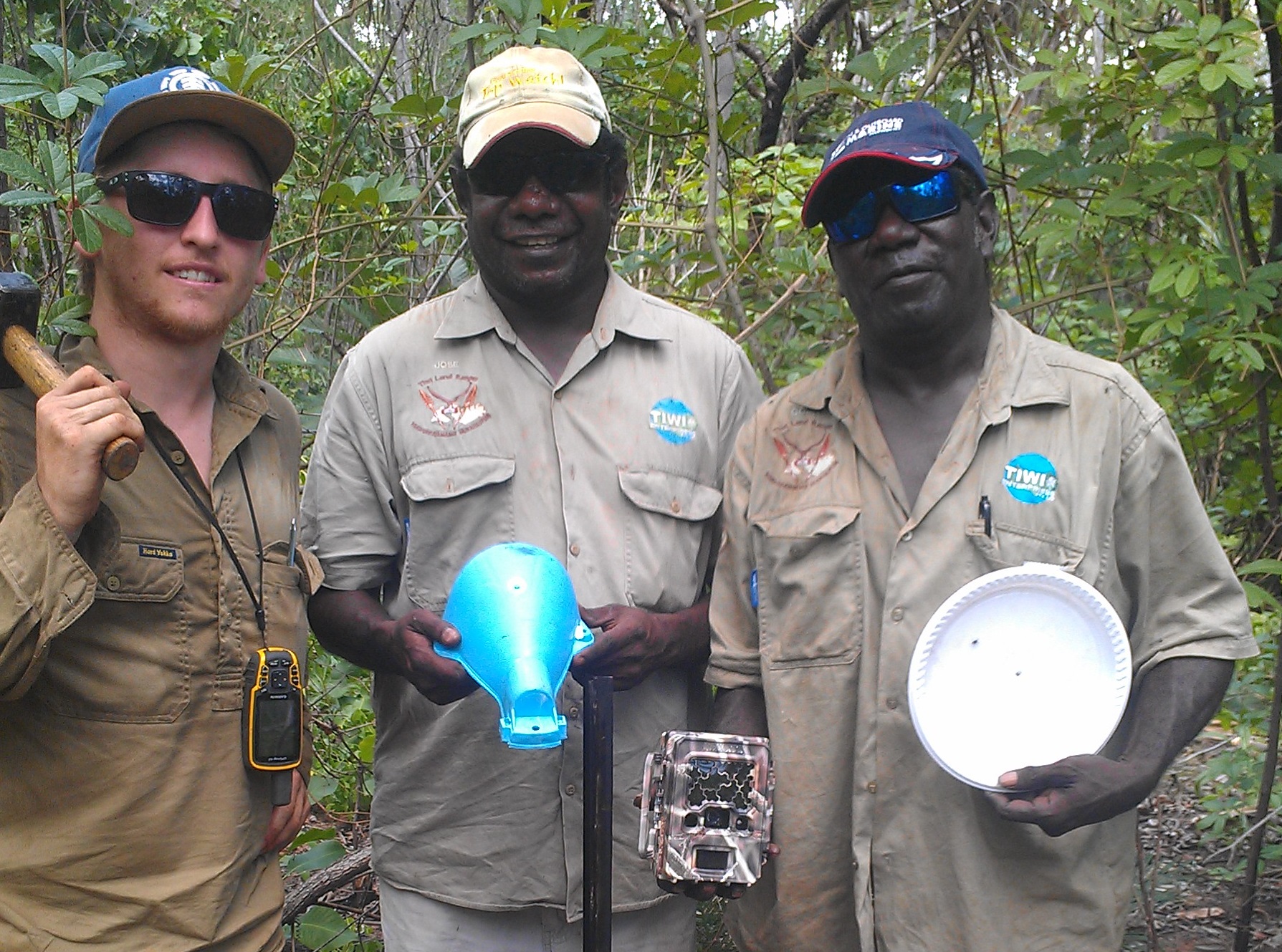
Melville Island mammal declines fought with fire
Monday, 13 March 2017 -
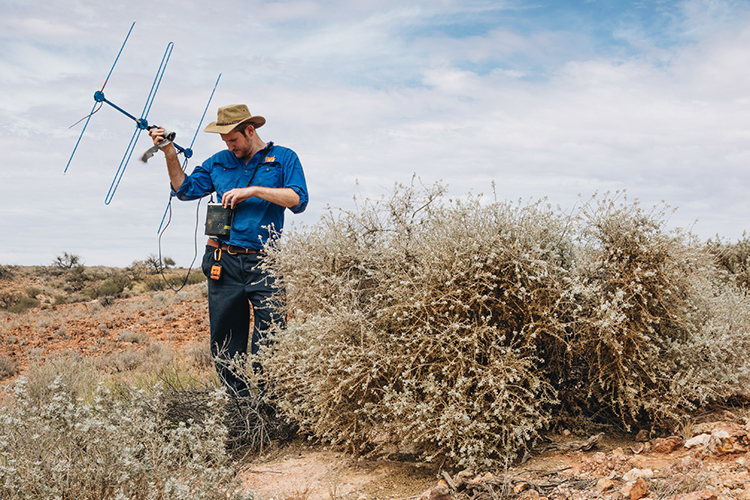
Rabbit burrows helping cats colonise new frontiers
Monday, 16 March 2020 -
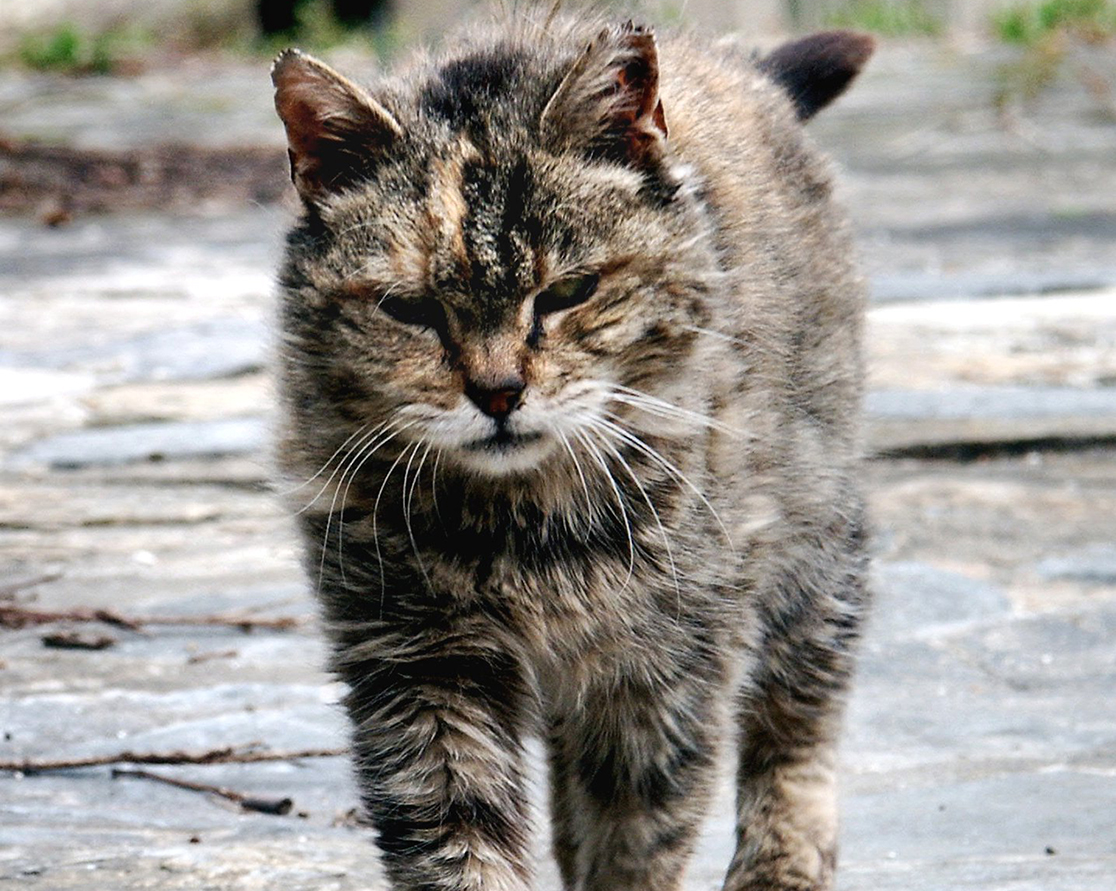
Rabbits off the menu for feral cats
Monday, 14 November 2016 -
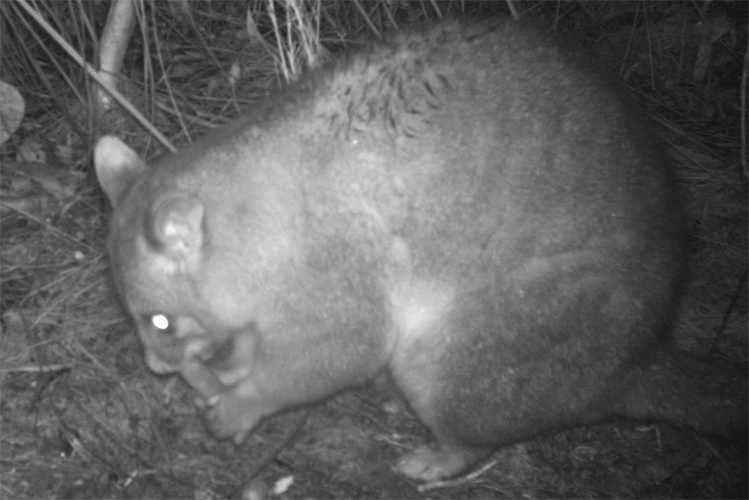
Testing cat baiting on Kangaroo Island
Monday, 16 March 2020 -
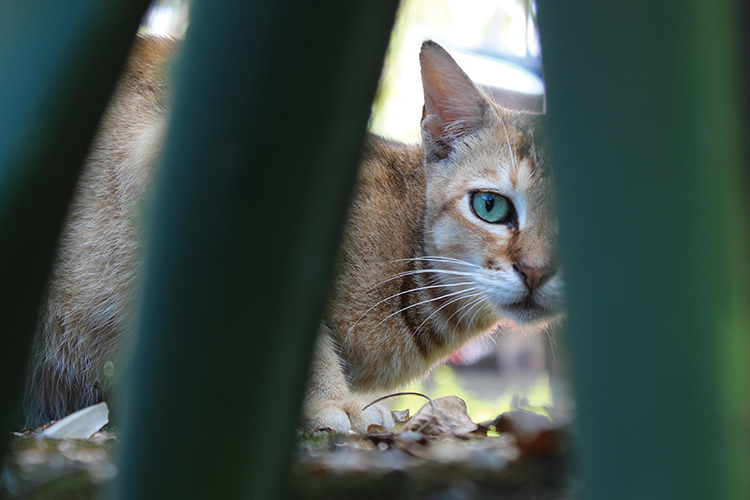
The conundrum of cats in Australia
Monday, 16 March 2020 -
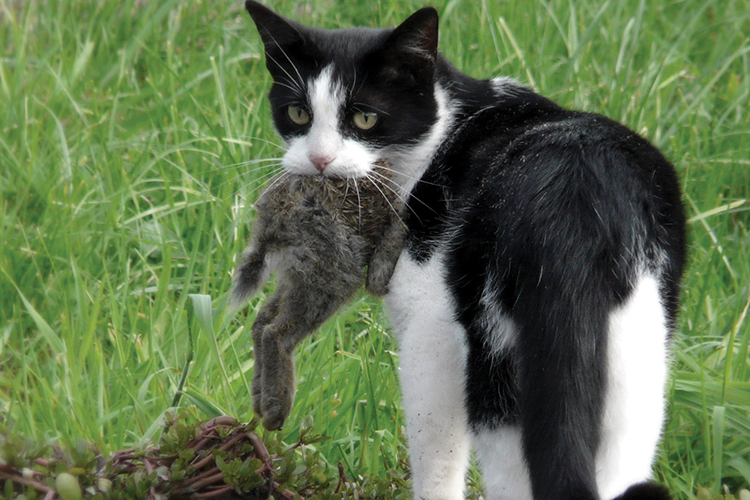
The mathematics of cats
Monday, 16 March 2020 -
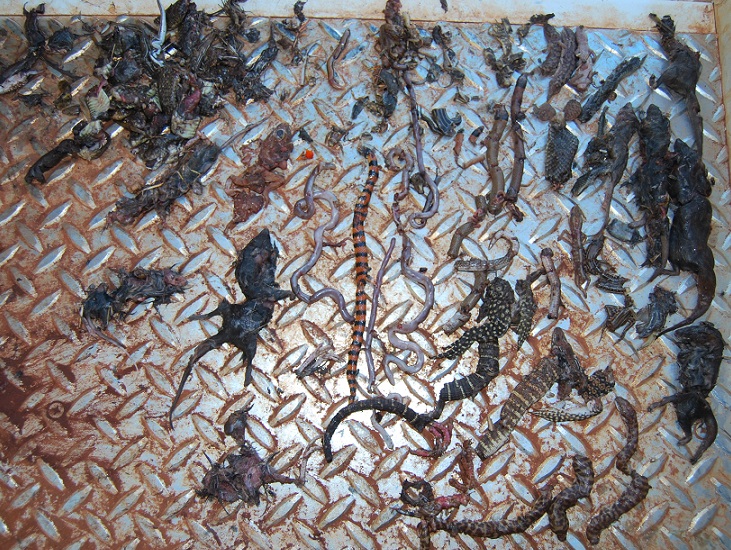
The unnoticed toll of cats on reptiles
Monday, 25 June 2018 -
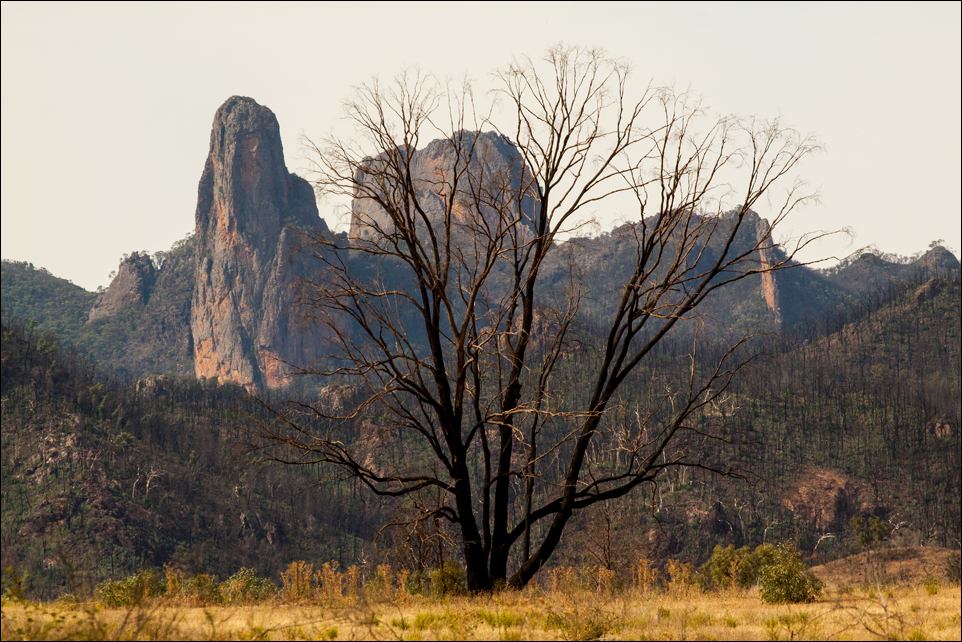
Threatened Species Recovery Hub statement on the fires
Tuesday, 14 January 2020 -
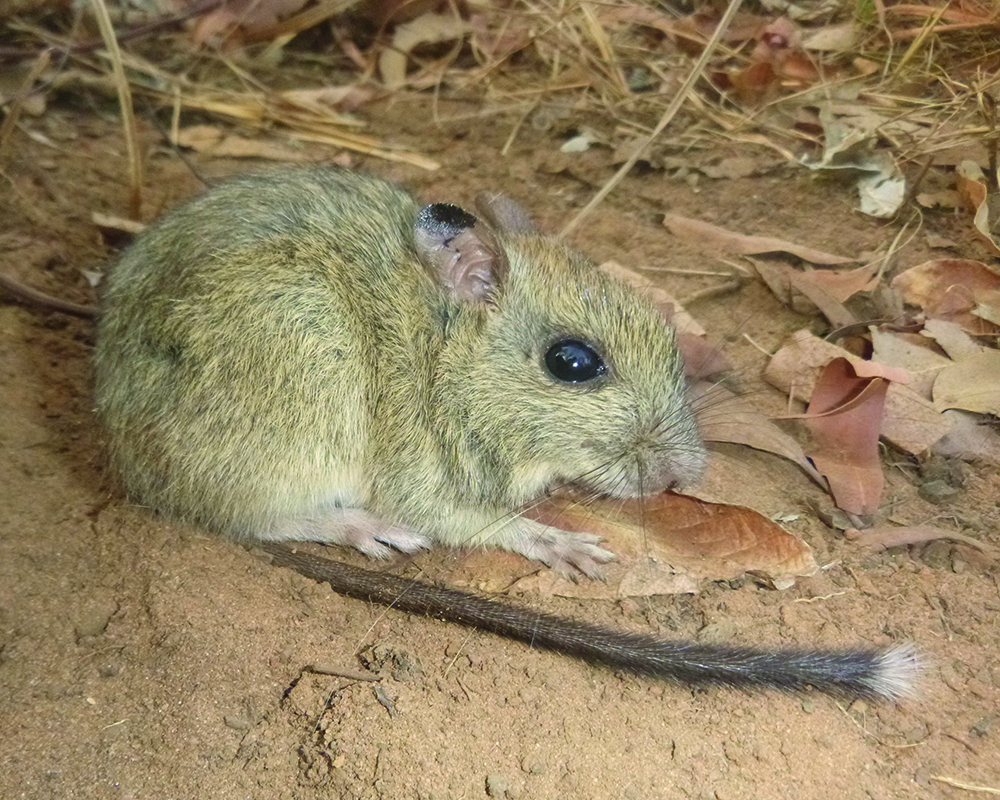
Tiwi Island mammals: Saving the brush-tailed rabbit-rat
Tuesday, 11 September 2018 -
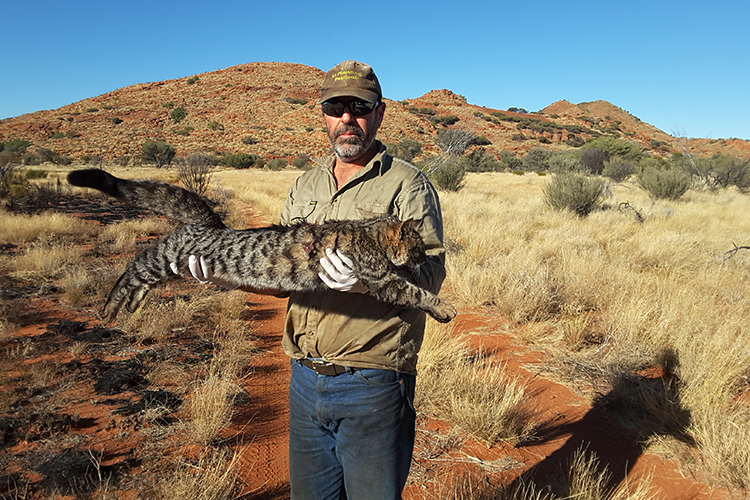
Tracking cats to help the night parrot
Wednesday, 05 June 2019 -
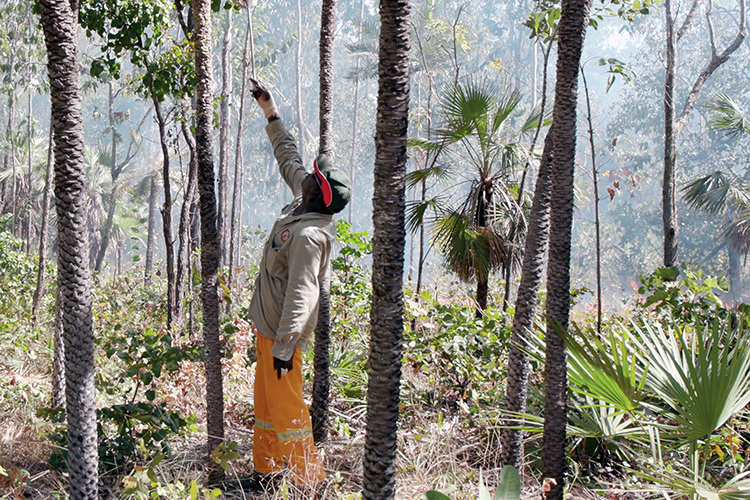
Using fire to reduce cat impacts on the Tiwi Islands
Monday, 16 March 2020 -
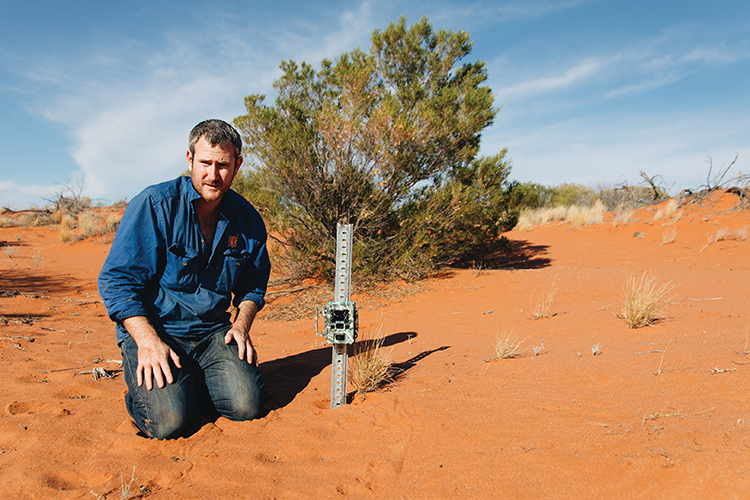
When rabbits are off the menu, what’s for dinner?
Monday, 16 March 2020 -
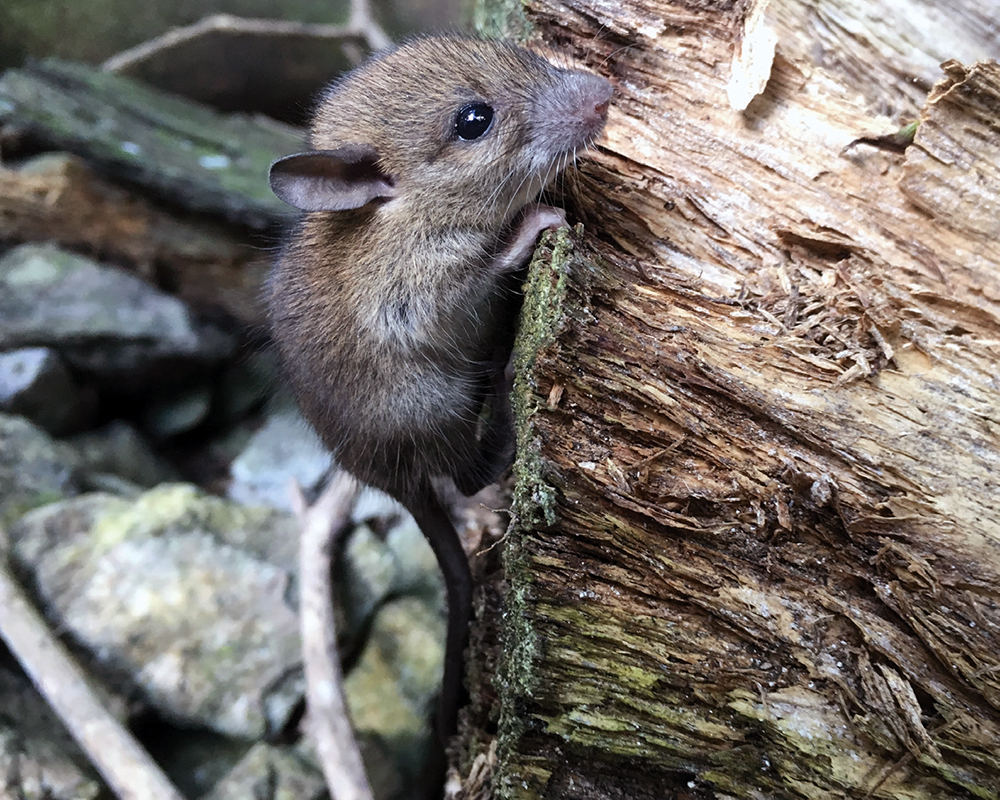
When the cat’s away will the rats play?
Monday, 16 March 2020 -
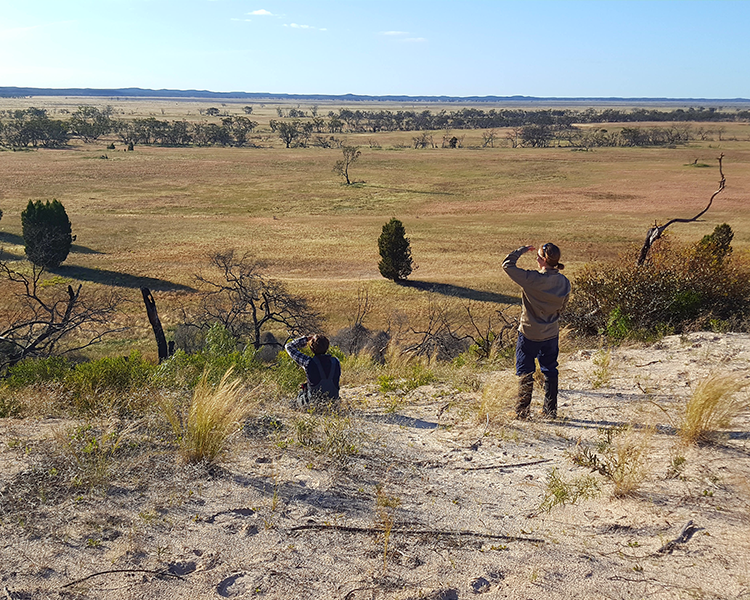
Why Buloke woodland species are failing to regenerate
Friday, 20 October 2017 -
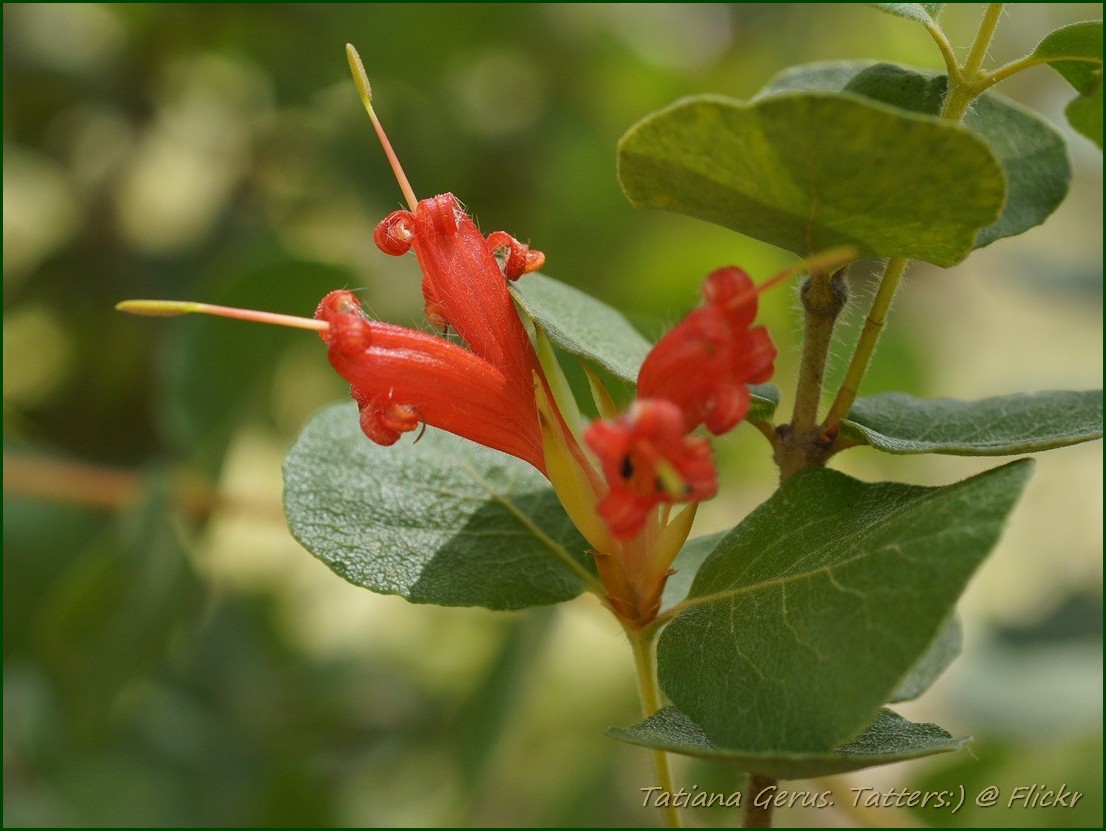
Sowing the seeds of success
Monday, 23 May 2016 -
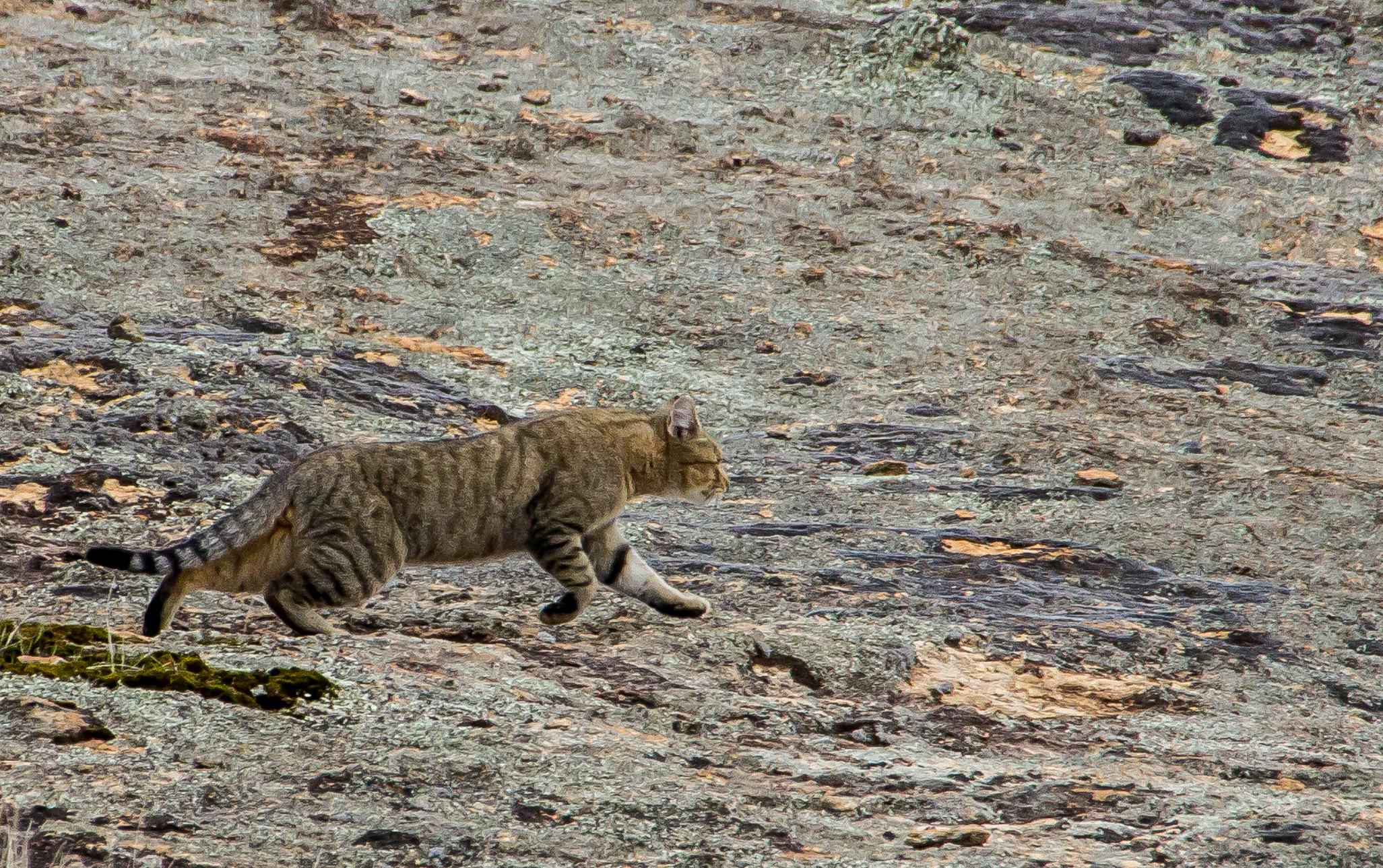
Threatened Species Recovery Hub to join fight against feral cats
Tuesday, 03 November 2015 -
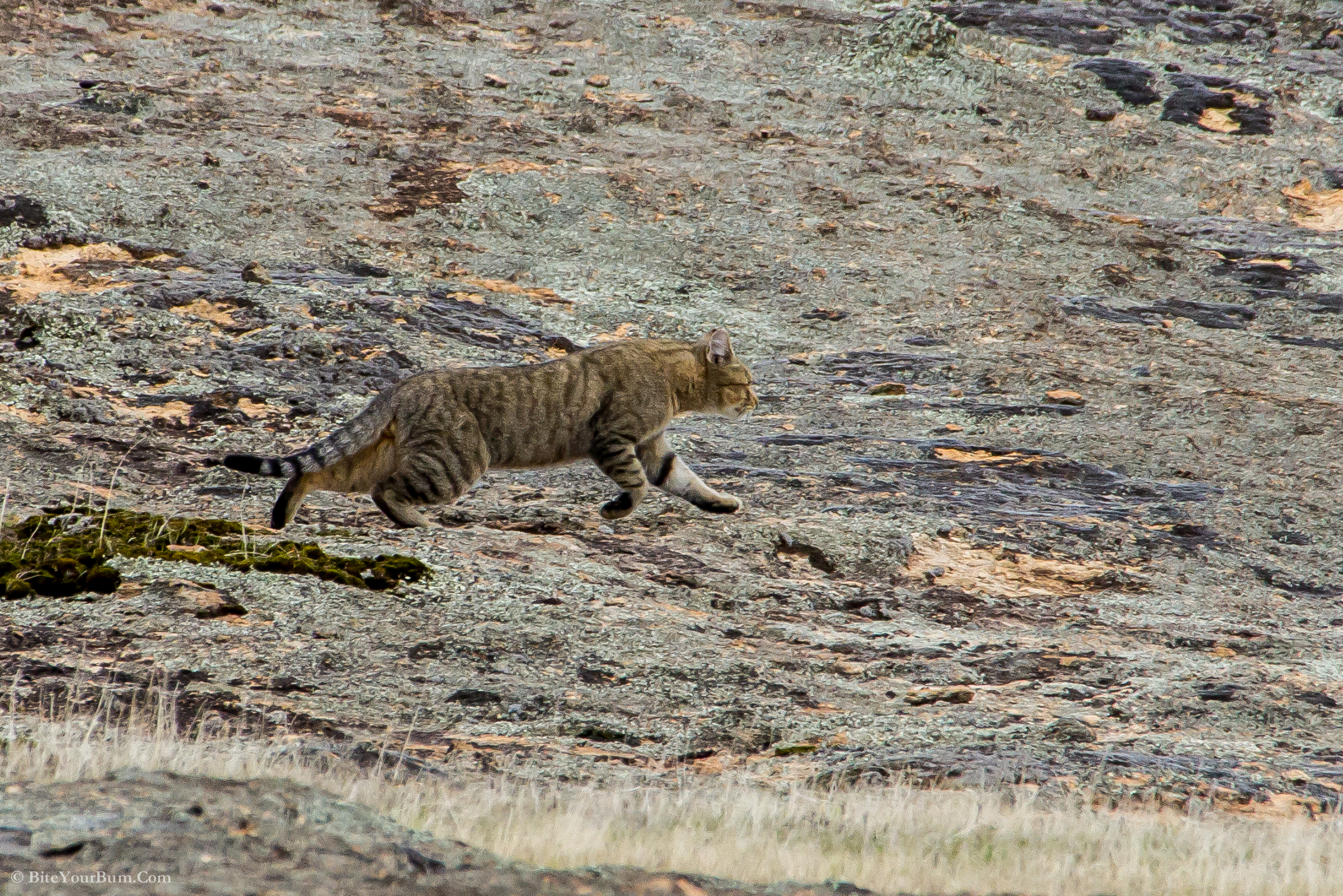
TSR contributes to Feral Cat Taskforce
Monday, 28 March 2016 -
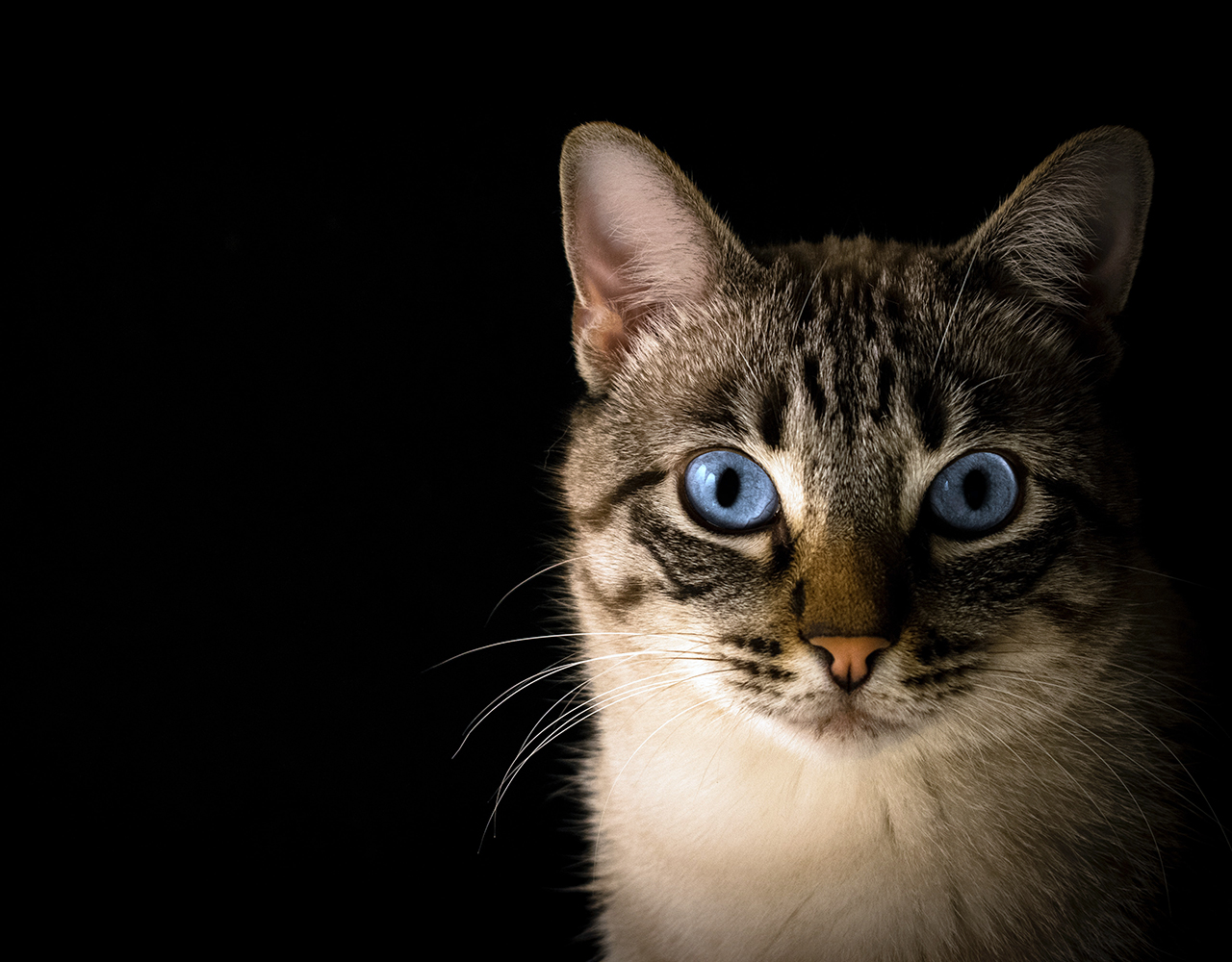
One cat, one year, 110 native animals: Lock up your pet, it’s a killing machine
Wednesday, 28 October 2020 -
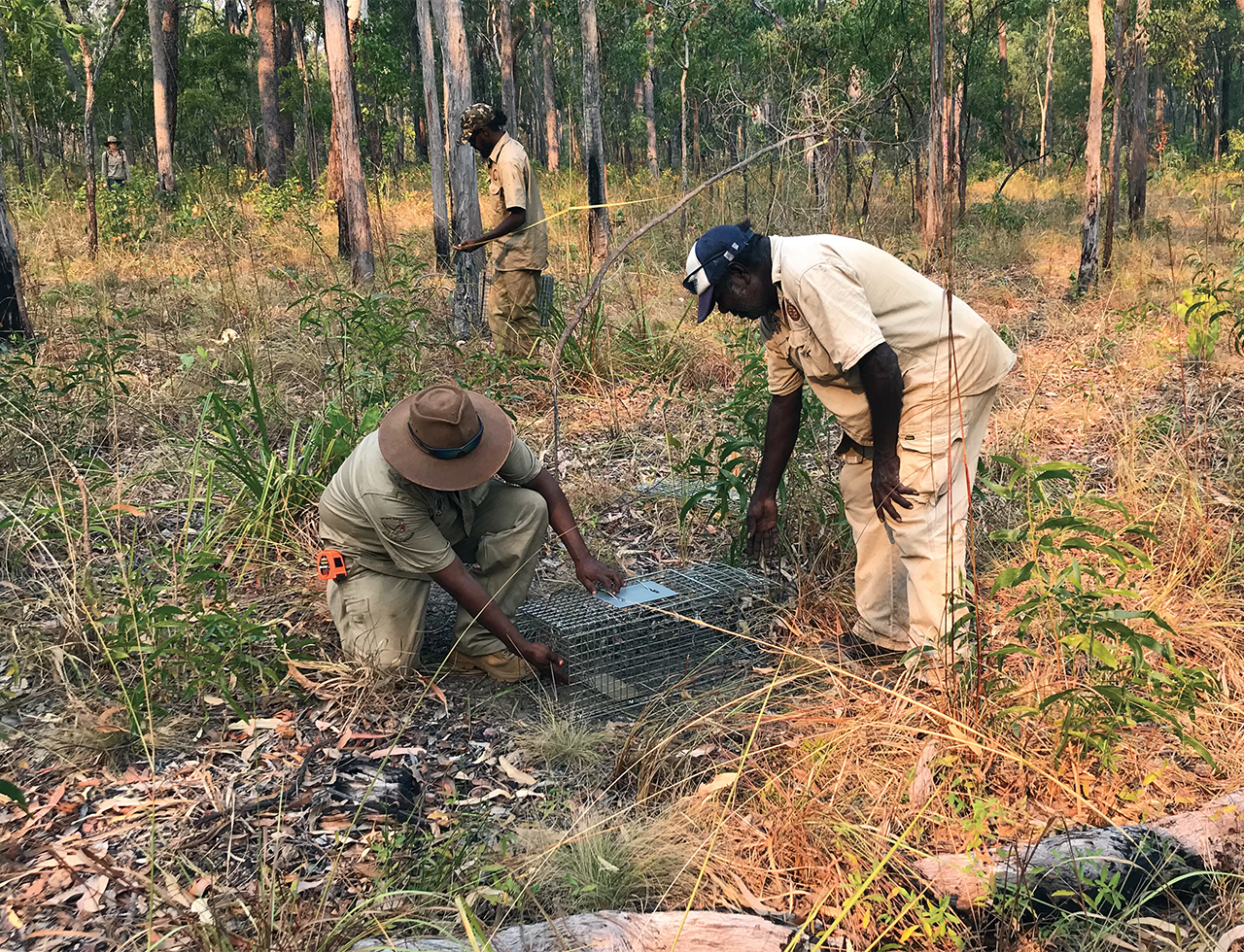
Building collaboration and two-way science
Sunday, 12 December 2021 -
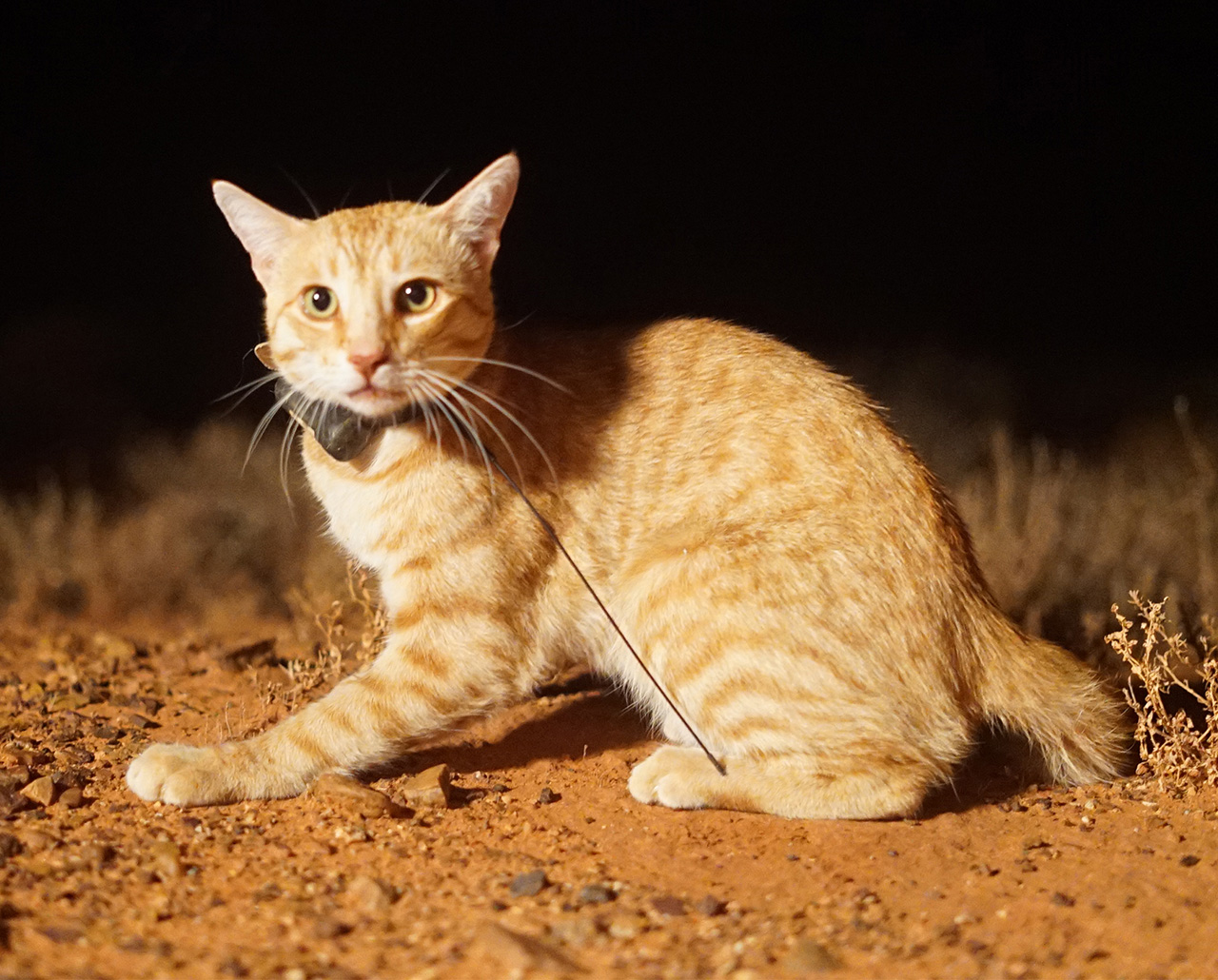
Cat science finalist for Eureka Prize
Monday, 28 September 2020 -
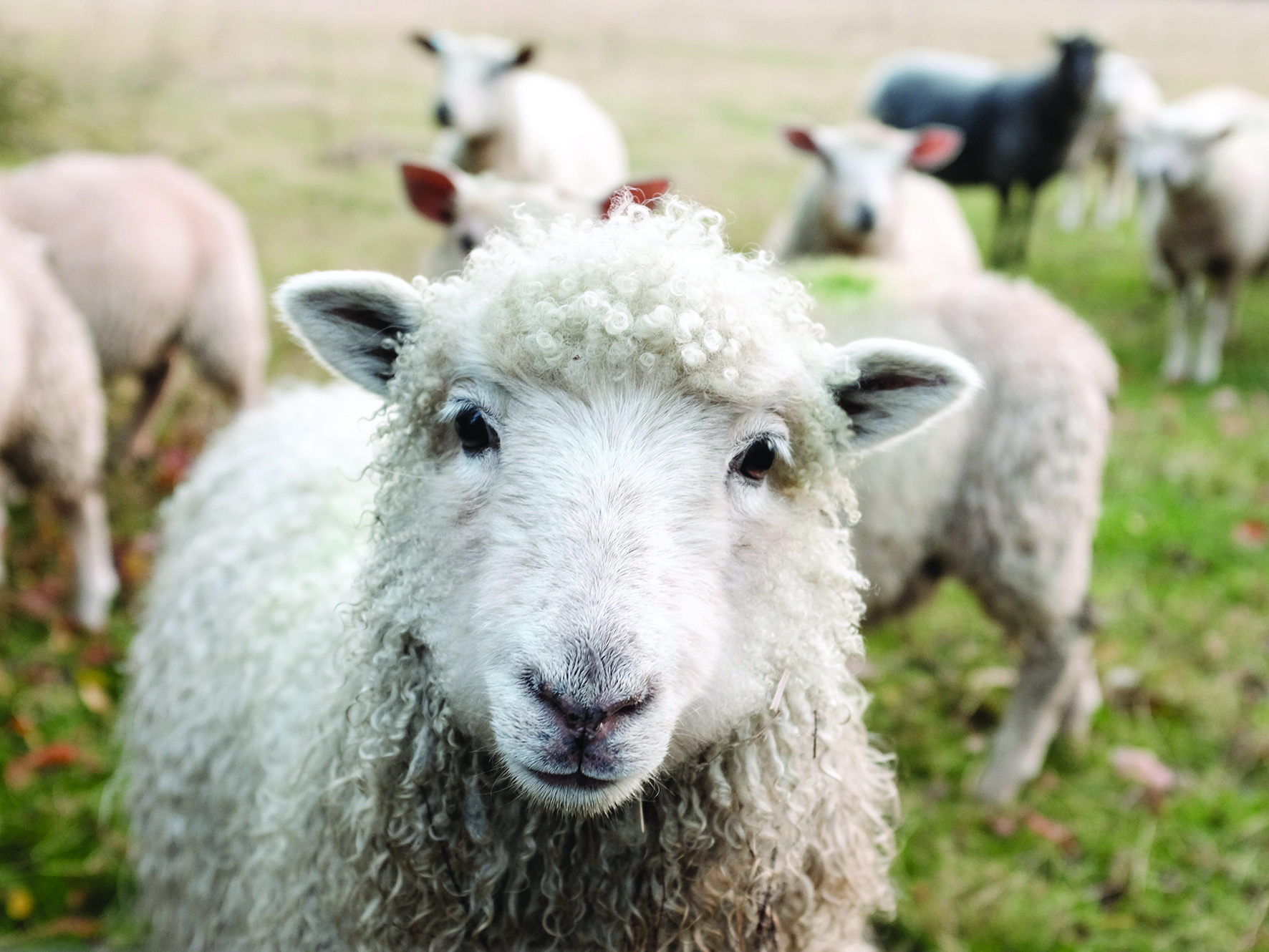
Cats have $12 million impact on agriculture in Australia
Monday, 07 December 2020 -
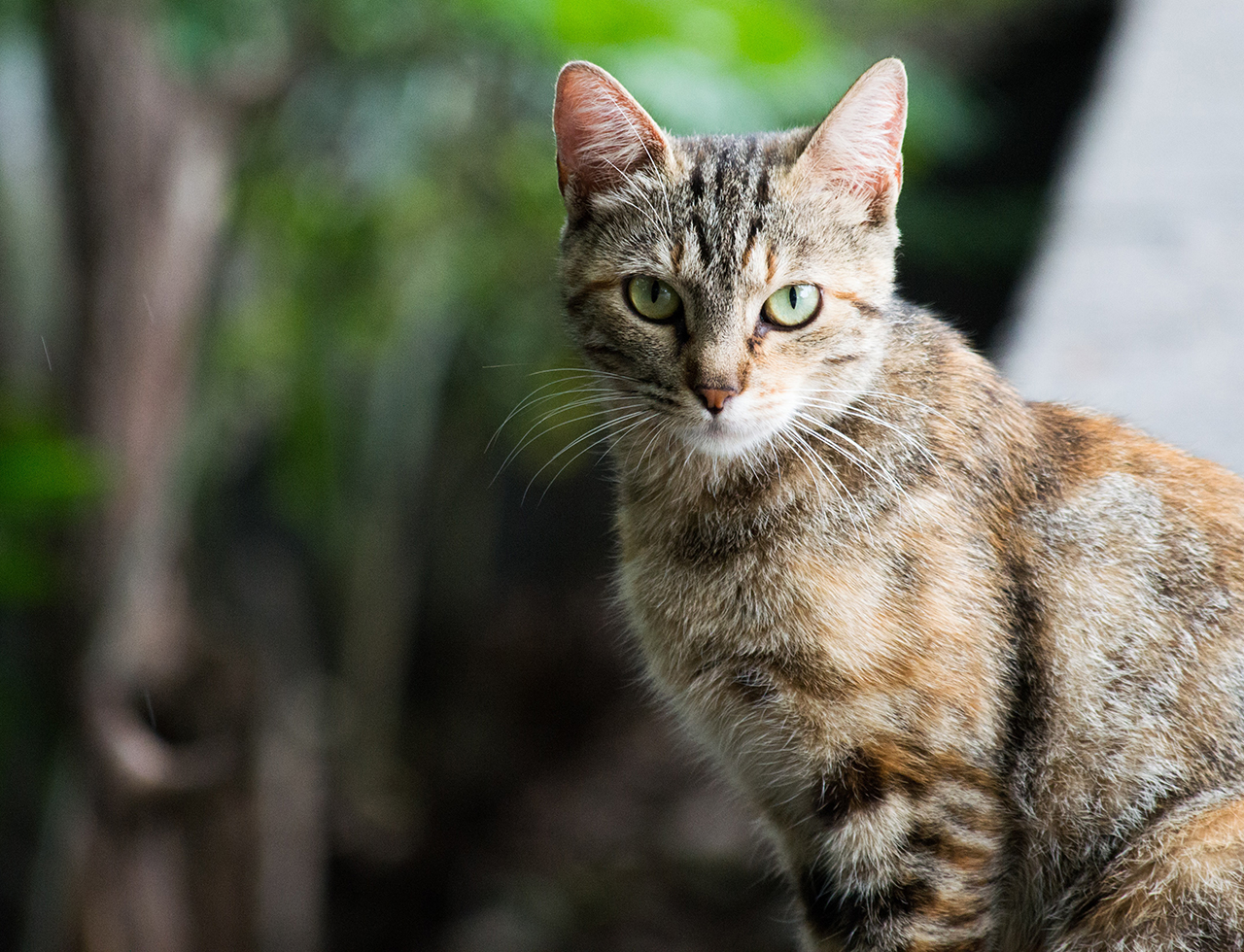
Cat diseases have $6 billion impact on human health in Australia
Thursday, 15 October 2020
